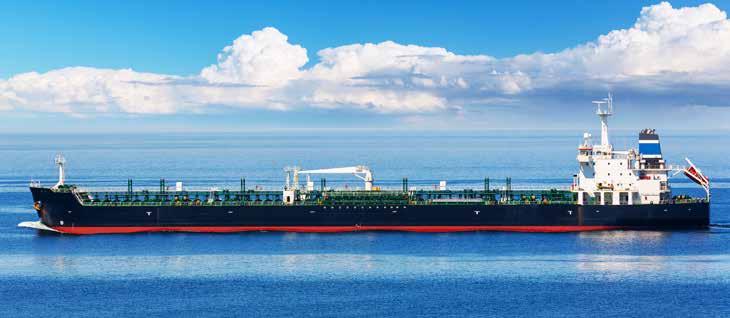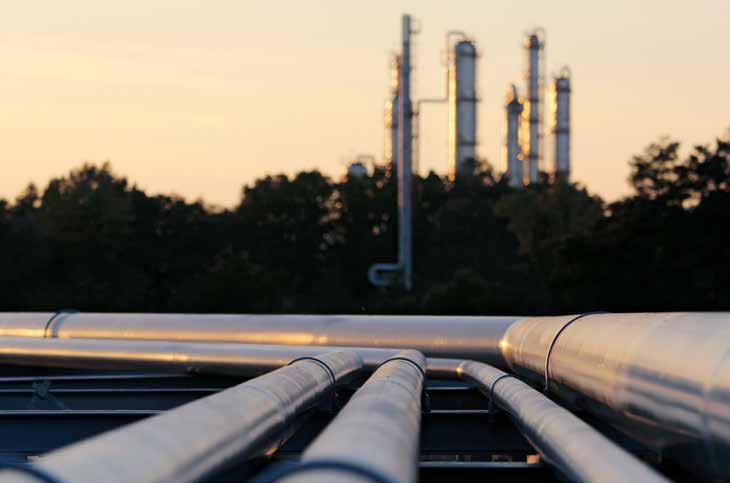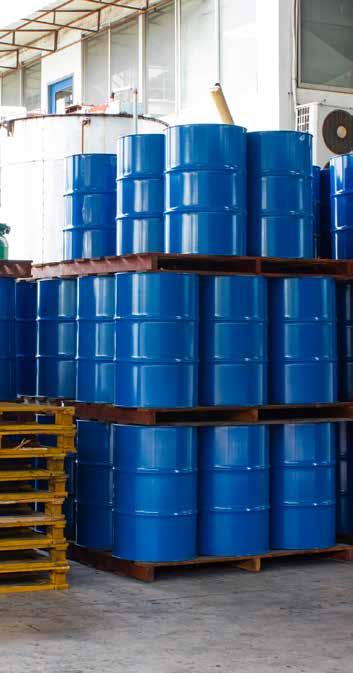
3 minute read
4.1 UPSTREAM
4.1 MAIN ACHIEVEMENTS IN UPSTREAM ACTIVITIES
The bidding activities witnessed a significant improvement during 2018, as EGAS and EGPC launched two bid rounds, leading to the signing of 12 petroleum agreements. MoP previously announced that the number of agreements signed with IOCs reached 83 agreements over the period from November 2013 to December 2017. 51 agreements were signed during the period from FY 2014/15 to FY 2017/18.
Advertisement
Due to the demarcation agreement between Egypt and Saudi Arabia, the petroleum activities in the Red Sea started thriving. The seismic survey and data collection projects were conducted in 2018 and the first exploration and production (E&P) international bid round in the Red Sea will be launched soon. Moreover, the second phase of the Multi-client seismic survey will help in understanding the West Mediterranean potential and in preparation of an international Bid Round by mid 2019.
In FY 2011/12, arrears to IOCs reached maximum $6.3 billion . In FY 2016/17, arrears recorded $2.4 billion, while in FY 2017/18 it decreased to record $1.2 billion representing the lowest value since FY 2009/10. This showed the MoP’s commitment
Since the unrest in 2011, Egypt announced an annual average of 69 discoveries, which makes Egypt on top of the Organization of OAPEC members. This level of discoveries continued flourishing to enhance the investment climate, which encouraged the IOCs’ plans to propel investments of around $10 billion on E&P activities during the next FY 2019/20.
during 2018 , which contributed in boosting Egypt’s production and reserves of petroleum wealth.
One of the targets of the fifth pillar of the Modernization Program is to increase the level of production. The efforts made concerning this pillar compensated the decline in the production of the mature oil wells. Moreover, important natural gas fields were developed in 2018 including; Zohr, Nooros, Disouq -phase B and North Abu Qir. The total investments for all these projects will reach around $ 27 billion.
SELF SUFFICIENCY
The discovery of Zohr gas field has raised prospects for a rapid increase in Egypt’s natural gas reserves and production. The offshore field was discovered in August 2015. The preliminary estimate of its reserves was that it potentially holds around 30 trillion cubic feet (tcf) of gas. The production from the field began in December 2017. The average daily production of the field is expected to exceed 3 billion cubic feet (bcf) by this year.

Production from Nooros, the Nile Delta offshore field, started in August 2015 and by 2016, the average daily production of the field reached 900 million cubic feet per day (mmcf/d). In 2017, the level of production recorded the targeted production of one billion cubic feet per day (bcf/d) and it continued to increase in 2018.
One of the promising upstream gas developments is that of the Atoll offshore field. The field was discovered in March 2015 and located in the North Damietta area. It started producing 300 mmscf/d in December 2017 and increased to 350 mmscf/d in February 2018, less than three years after discovery and seven months ahead of schedule.
Among the key expansion projects under consideration is the Burullus Phase 9B project in the West Delta Deep Marine (WDDM) concession. The field was added to the production map in 2018 where its initial production recorded 40 mmscf/d, from two wells, out of total production of 400 mmscf/d. As for the condensates, the production will reach total of 3,000 b/d, for the project, through eight developments wells and two exploratory wells.
Egypt’s natural gas production reached up to 5.5 mmscf/d in 2017. However, the development projects succeeded to increase the average natural gas production in 2018 by 120%. This resulted in halting LNG imports after Egypt received its final shipment in late September 2018, which will save the government $1.5 billion. Moreover, Egypt was able to resume its natural gas exports to Jordan and it will reach the contracting quantities by 2019.










